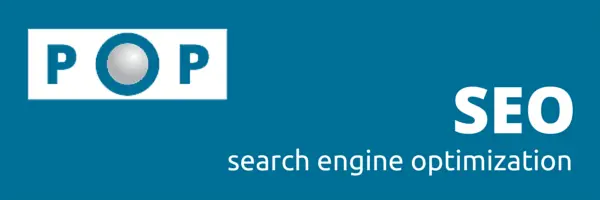POP SEO Tip #26: Your URL Format and Why It Matters to Online Success
A great deal of focus is given to optimizing your website content, and that’s as it should be. However, there are many other elements that go into building a strong online presence for your business, and your URL is definitely one of those. Don’t get us wrong – it goes deeper than just choosing the right domain name. What we’re talking about here is relative versus absolute URLs. Not sure what that means? Don’t worry. It’s actually pretty simple.
Here’s an example of an absolute URL: http://www.XYZWidgetCo.com/Samples/
Here’s an example of a relative URL: http://XYZWidgetCo.com/Samples
They look pretty similar, right? Well, they are and they’re not. Technically, the two URLs above could lead to two different websites, which creates duplicate content on the web and incurs Google’s wrath.
It also means that you’re relying on Google to send your visitors to the right version of the site, and that’s never a good thing. Google’s great at what it does, but it’s not so good at determining which version of the many possible iterations out there is the right one for individual customers.
You can change this, though. By using the right strategy with your URLs, you can force Google to send traffic from all of these different sites to the same place – your canonical site. This eliminates duplicate content, and ensures that your visitors are going where you want – to your store or business page.
There are benefits to using relative URLs, certainly. They’re faster and easier to code, for one thing. It makes things simpler with staging environments as well. However, there are good reasons to use absolute URLs, as well, including the fact that it’s harder for nefarious individuals to scrape your content and steal it.
The most important takeaway here is that you need a unified strategy. Fix the problems on the server side, and those with your internal links. Absolute URLs are the ideal way to do this.


